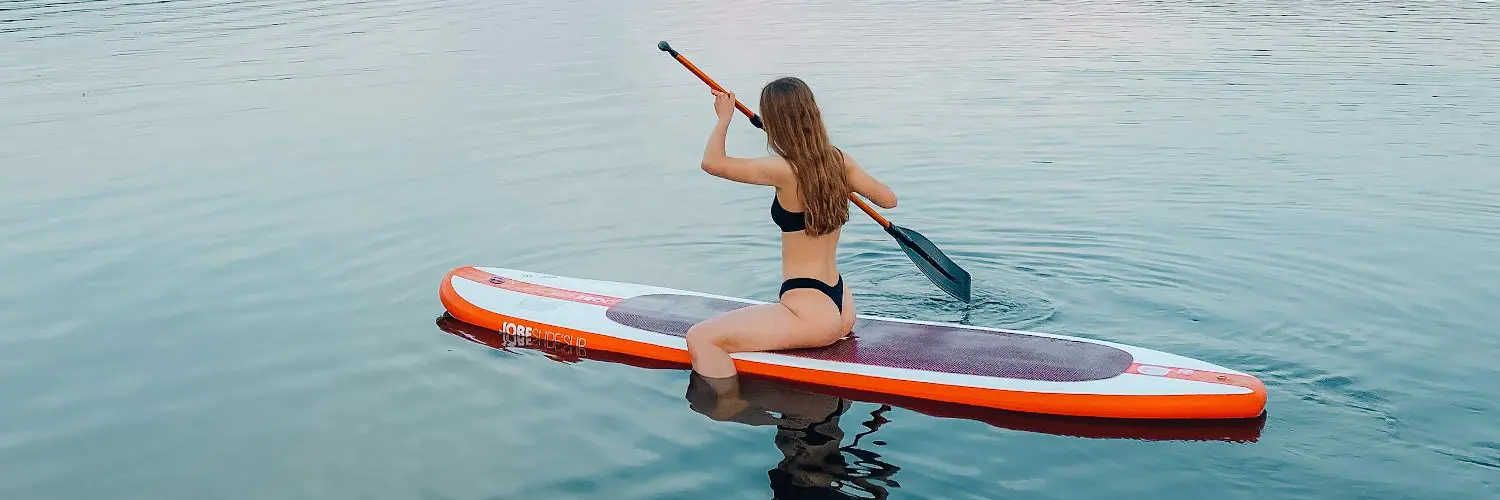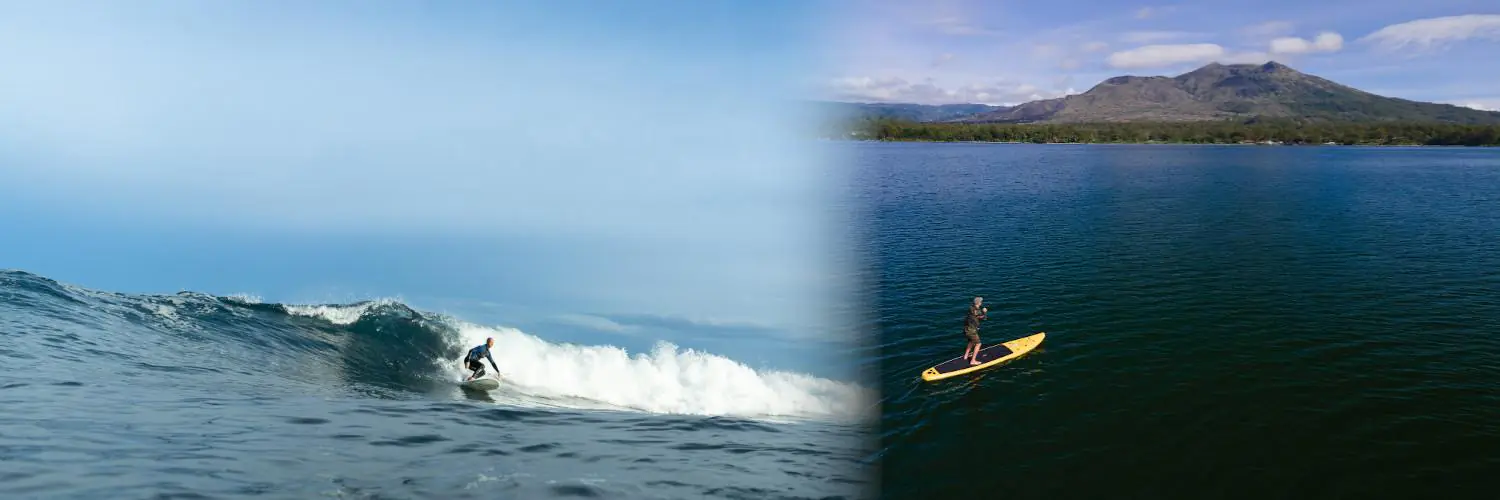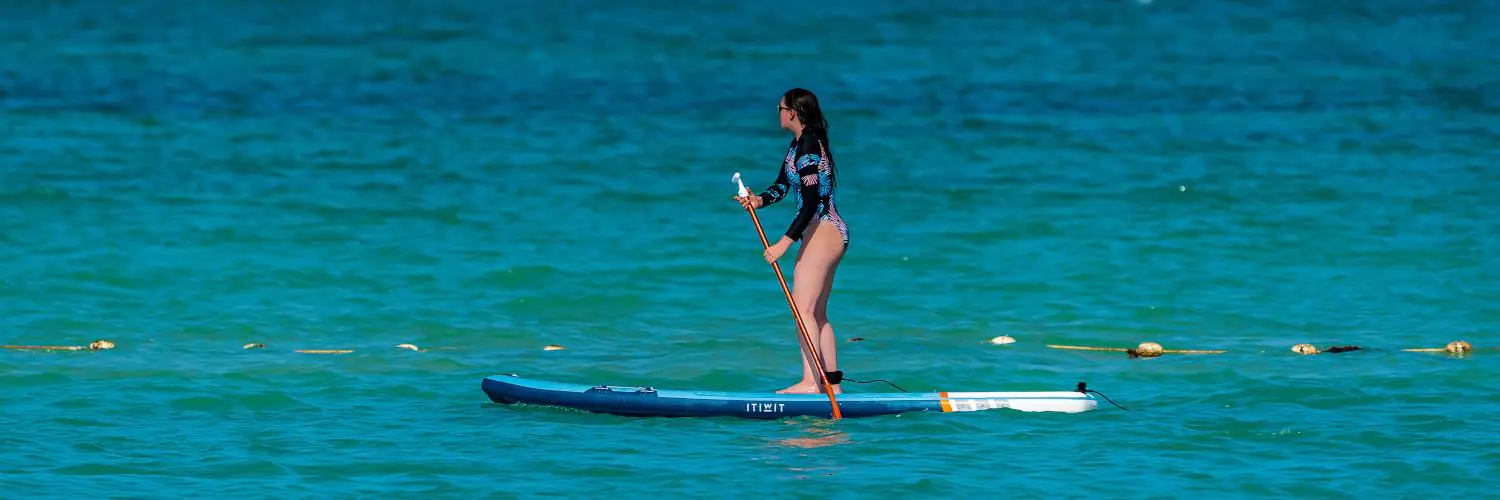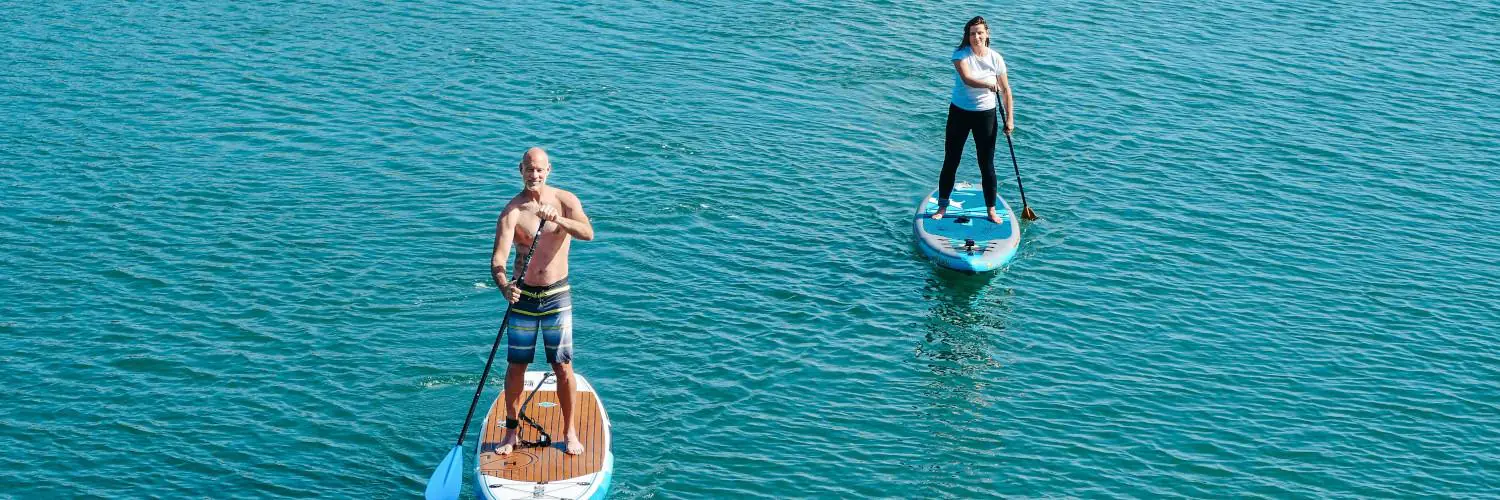Table of Contents
Sup Motor Fin: Enhancing Your Paddleboard Performance with Motorized Power
Stand-up paddleboarding (SUP) has experienced a technological evolution with the advent of motorized fin systems that add propulsion to the traditional paddling method. These SUP motor fins are designed to give paddle boarders a boost in speed and control, whether they are traversing tranquil waters or battling against currents and wind. With varying features like multiple power modes and quick installation processes, SUP motor fins are becoming an invaluable tool for both leisurely paddlers and adventure seekers in the water sports community.
The electric fins for SUP boards typically feature an integrated motor that provides thrust and assists paddle boarders in conserving their energy during long journeys. By attaching effortlessly to the underside of the board, these devices can propel a paddleboard forward without the continuous physical effort of paddling. The caliber of these motorized fins is reflected in their speed capabilities, duration of operation, and the ease with which they can be controlled—often with the assistance of a handheld remote. This enhancement in maneuverability and endurance enables enthusiasts to enjoy longer excursions and explore further, expanding the possibilities of stand-up paddleboarding.
Understanding SUP Motor Fins
Stand-Up Paddleboarding (SUP) is evolving with the integration of motor technology. Motor fins, also known as eFins, provide paddlers with the ability to add power assistance to their boards. The key components to consider in SUP motor fins are their technical specifications, materials, and the systems used to mount them onto the SUP board.
Technical Specifications
The technical specifications of a SUP motor fin involve its power output and speed capabilities. An eFin typically has:
- Power: Ranging from 12 to 24 volts, adapted to the fin design.
- Speed: A well-designed motor fin can increase a board’s pace significantly, up to a few knots, depending on the motor’s power.
The SUP motor fins are constructed to align with the fin box type, which is most commonly a US fin box. Their compatibility with the board is critical for effective use.
Design and Materials
Motor fins for SUP boards are intricately designed for efficiency and durability. The design considerations include:
- Streamlined Shape: To reduce drag and improve hydrodynamics.
- Robust Materials: To withstand the aquatic environment, often utilizing composites or reinforced plastics.
It should be noted that the design of a motor fin combines both functional and aesthetic elements to complement the SUP board’s performance and style.
Mounting Systems
The mounting of a motor fin involves its attachment to the SUP board, which is a crucial step for secure and functional integration. There are typically two systems used:
- Direct Mount System: A motor fin is directly screwed into the US fin box. It is a straightforward method requiring no additional tools.
- Adapter Systems: Some motor fins come with an adapter, such as a flip lock adapter, to convert a traditional fin box to suit an electric fin.
The users must ensure the mount is securely fastened to prevent the eFin from detaching during use. The mounting should also allow for easy removal for transportation or swapping to a non-motorized fin when desired.
Performance Factors
Electric motor fins enhance paddle boards by offering additional power, which affects their performance in several ways. The following sections discuss how motorized fins can change the paddleboarding experience through efficiency, stability, and battery management.
Efficiency and Speed
Motorized fins are designed to be an efficient means of propulsion, aiding paddlers in covering longer distances with less effort. Speed is a critical factor, with most electric fins enabling boards to reach velocities of 4.5-5 mph. The power output typically ranges below 10 horsepower, balancing thrust with energy consumption for optimal performance. Paddlers should look for fins that balance power output with minimal drag to maximize efficiency, especially when dealing with surf or choppy conditions.
Stability and Control
A key advantage of using a motorized fin is enhanced stability and control. Paddlers can maneuver their boards with greater precision, which is particularly beneficial in the presence of waves or when surfing. The remote control often accompanies these motorized systems, allowing adjustments to be made without interrupting the paddling flow. Some models may offer smartphone app integration for additional control options.
Battery and Runtime
The fin’s battery pack is pivotal, as it determines the runtime that one can expect from their motorized system. Paddlers need to consider the weight of the battery, as it impacts the overall stability of the kayak or paddle board. High-capacity batteries can offer extensive runtimes, but may add significantly to the weight. A balance should be sought based on individual needs, with most users favoring a runtime that supports their typical journey without adding undue heft to their board.
Compatibility and Installation
When considering a motorized fin for a stand-up paddleboard (SUP), it’s essential to understand the types of boards compatible with these devices and the steps required for installation.
Board Types
SUPs, including inflatable models, and certain types of kayaks may be fitted with an electric motor fin, such as the Bluedrive Power Fin. Most motor fins are designed with a universal fit in mind, coming with adaptors that cater to different fin box types. The fin box is a standard feature on many paddle boards, including fishing kayaks and inflatable SUPs, providing a secure mounting point.
Installation Process
The installation of a motor fin typically involves a few tools, such as a screwdriver, and sometimes no tools at all if the device is designed for tool-less setup. Users should:
- Ensure the fin box is clean and free of debris.
- Align the motor fin with the fin box, using an adapter if necessary.
- Secure the motor fin in place, following manufacturer instructions, which may involve tightening screws or clamping mechanisms.
Some motors, like the Bluedrive Power Fin, can be installed within minutes and are designed for user-friendly setup to minimize time spent on preparation. It’s imperative that users consult the specific product manual for their motor fin to avoid any compatibility or installation issues.
User Experience
The user experience of SUP motor fins is fundamentally influenced by their design for ease of use and built-in safety features. These aspects impact how paddlers interact with the device, ensuring a smoother and safer on-water experience, particularly for users seeking assistance due to limitations like a shoulder injury.
Ease of Use
SUP motor fins are designed with the user’s convenience in mind. They typically come with a remote controller or Bluetooth connectivity, allowing for effortless operation while paddling. Users can easily attach the motor fin to their paddleboard with minimal setup time. This plug-and-play functionality is paramount as it lets users spend more time on the water and less on preparation.
- Connection: Most motor fins easily fit the fin box on a variety of paddleboards.
- Control: The user can adjust speed settings via a handheld remote, which often floats to avoid loss.
- Assistance: The motor provides paddling assistance, invaluable for users with shoulder injuries or those lacking stamina.
Safety Features
Safety is a critical component of motor fin design. Manufacturers equip these devices with safety features that encourage confident use, particularly when combating environmental challenges like strong currents or winds.
- Emergency Stop: An emergency stop mechanism is standard, allowing the user to quickly halt the motor if needed.
- Battery Indicators: Clear indicators for battery life prevent users from being stranded without power.
- Automatic Shut-off: In case the fin becomes detached or the user falls into the water, the motor automatically disengages to prevent injury or equipment damage.
Product Selection and Reviews
When selecting a motorized fin for a stand-up paddleboard (SUP), consumers weigh factors such as price, brand reputation, and product reviews. These elements are critical for determining the value and reliability of the product.
Comparing Brands and Models
| Brand | Model | Price | Features |
|---|---|---|---|
| Current Drives | Electrafin | Premium | Designed for universal compatibility with a high efficiency motor. |
| Torque | iSUP Electric | Mid-range | Known for its value with a balance of performance and cost. |
| ePropulsion | Vaquita | High | An editor’s choice with a lightweight design and easy installation. |
| Bixpy | PowerShroud Motor | High | Offers a portable and versatile design suitable for various watercraft. |
| Aqua Marina | BLUE DRIVE Power Fin | Mid-range | Fits most watercraft fin boxes and is especially useful in windy conditions. |
The Current Drives Electrafin stands out for its compatibility with various boards, including both SUP and traditional surfboards. The Aqua Marina BLUE DRIVE Power Fin is a versatile choice recognized for its ease of attachment to a wide array of watercraft.
Customer Feedback
Reviews from customers add a layer of trustworthiness and real-world testing to the claims made by manufacturers. Aqua Marina’s products are generally well-received, noted for their contribution to extending trips and conserving paddler energy. Many users comment on the ease with which the fin can be installed and its performance in adverse conditions like wind or strong currents.
The Current Drives Electrafin has received positive reviews for its overall performance and compatibility, leading to its reputation as a reliable and efficient choice for paddleboard enthusiasts. ePropulsion’s Vaquita, in particular, gains acknowledgment for its portability and lightweight design, which does not significantly alter the handling of a paddleboard.
In terms of warranty coverage, it varies by brand, but customers often stress its importance as it reflects the manufacturer’s confidence in their product. Users are advised to consider warranty policies as part of their purchasing decision to ensure long-term satisfaction with their investment.
Additional Considerations
When selecting a SUP motor fin, it’s essential to consider not only the technical specs but also the practical aspects of maintenance and the environmental implications.
Accessories and Maintenance
A SUP motor fin typically requires specific accessories for optimal operation. The charger and charging cable are critical, as they replenish the lithium battery that powers the fin. Ensuring these components are in good working order is key to maintaining consistent performance. Users should regularly check the propeller for any signs of damage or entanglement with debris such as seaweed or logs.
For safety, a leash is often recommended to prevent the SUP from drifting away. Those utilizing their SUP for pursuits like fishing or sport should note that a sturdy fin maintains buoyancy and stability even with additional gear on board. Maintenance routines should be consistent, with experienced owners regularly inspecting for wear and mitigating drag caused by unnecessary weight or imbalance.
Environmental Impact
The environmental impact of SUP motor fins should not be overlooked. Owners should consider the eco-friendliness of their gear. It’s beneficial to select fins designed for minimal disturbance to marine life. When operating in areas such as flatwater where the ecosystem is delicate, the ability of a SUP motor fin to glide smoothly without stirring the sediment is a plus.
Those in the surfing community looking for an extra boost while surfing should ensure that their fins are efficient and do not unnecessarily tax the motor, which could lead to higher energy consumption. For an inflatable SUP, a lightweight motor fin can also minimize the impact on various water environments, from lakes to the sea. All users should bear in mind that the responsible use of SUP motor fins preserves the waterways for everyone.








